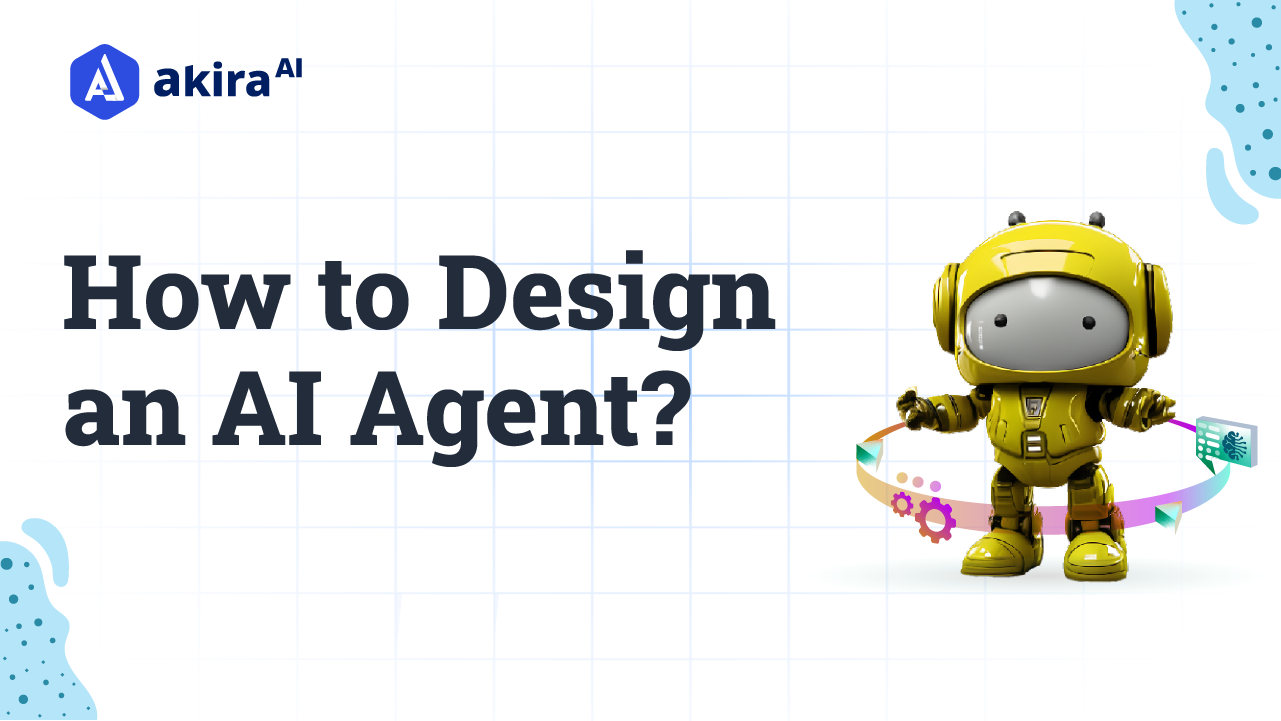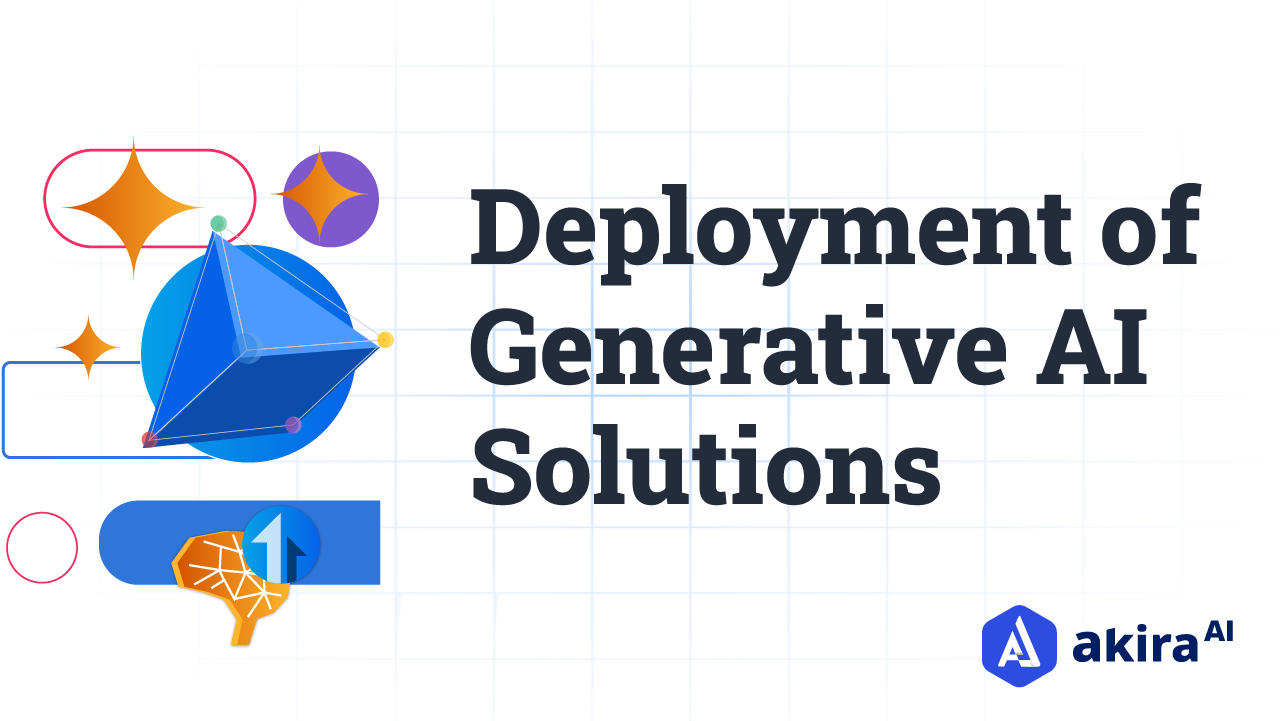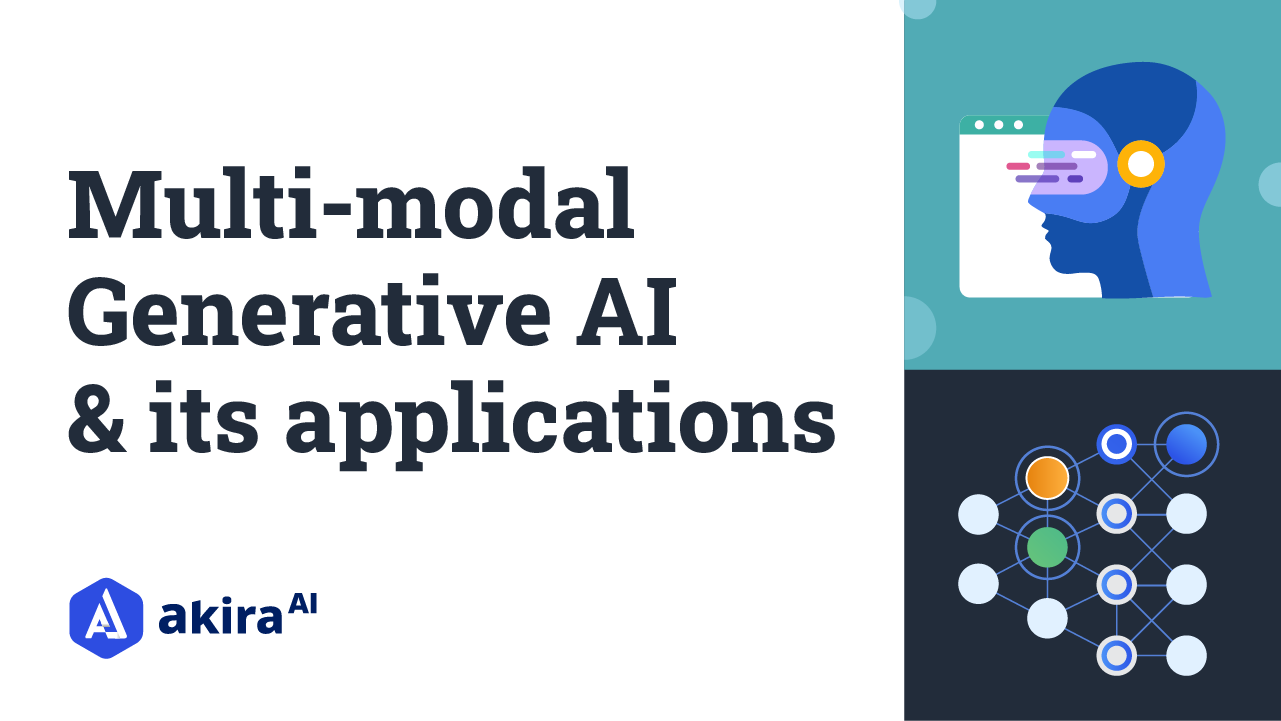Key Insights
Einstein SDR Agent autonomously engages with inbound leads, in natural language, to answer questions, handle objections, and book meetings for human sellers Einstein Sales Coach Agent autonomously engages in role-plays with sellers, simulating a buyer during discovery, pitch, or negotiation calls Accenture will leverage these agents to improve deal team effectiveness, scale to support more deals, and allow their people to focus their time and effort on the most complex deals

Introduction
The transformative power of artificial intelligence (AI) is no longer a subject of debate; it's a proven fact. However, the emergence of Multimodal Generative AI is changing the game altogether. This cutting-edge technology is redefining how machines understand and interact with the world. Unlike traditional AI models that process just one type of data—text, images, or audio—Multimodal Generative AI is a multitasker, seamlessly integrating various data types to produce more nuanced and contextual results. This comprehensive guide delves into the mechanics, benefits, and extraordinary applications of this groundbreaking technology.
Pillars of Multimodal Generative AI
Data Fusion
In Multimodal Generative AI, Data Fusion is a foundational pillar. It signifies the confluence of various types of information, be it text, visuals, or audio, into a singular analytical framework. This integration allows the AI system to perform a 360-degree analysis of a subject or problem. Essentially, Data Fusion eliminates the boundaries that traditionally confine data types to their specific domains, enabling a more holistic comprehension.
Contextual Intelligence
Contextual Intelligence is not merely a feature but a fundamental necessity for sophisticated AI applications. In Multimodal Generative AI, this element identifies relevant relationships and correlations between different data types. For instance, if the system provides a medical image and related textual data, it can discern the contextual nuances for an accurate diagnosis or treatment suggestion. This intelligence elevates the output, making it rich in relevance and precision.
Diverse Output Generation
Unlike traditional systems that are adept at handling only one kind of output, Multimodal Generative AI excels in generating multiple types. Whether the requirement is text, visuals, or a blend of both, this advanced AI can deliver with remarkable finesse. Diverse Output Generation stands as a testament to the system's adaptability and expertise across various forms of information. It showcases the AI's ability not just to perform multiple tasks but to master them, thereby offering solutions that are both comprehensive and finely tuned.
Why to Choose Multimodal Over Uni-Modal?
Limitless when it comes to Flexibility
While uni-modal AI systems are good at what they do, they're like specialists who excel in one field but can't step too far outside it. Multimodal Generative AI is like the ultimate multi-talented expert. Imagine someone who can simultaneously understand different languages, appreciate art, and analyze sound—that's adaptability! This AI doesn't just stick to one type of data; it can smoothly switch from text to images to sound, making it incredibly versatile and up for any challenge you throw.
Context benefit
In Multimodal Generative AI systems, contextual reasoning is bolstered by advanced algorithms that integrate disparate data streams—such as text, visuals, and audio—into a unified analytic context. By utilizing semantic mapping and correlation analysis, the AI provides outputs that are not only data-rich but also contextually coherent. This capability transcends the piecemeal insights of uni-modal models, delivering a synthesized, multi-dimensional understanding of complex scenarios.
A Boon for Computational Efficiency
Multimodal Generative AI enhances computational efficiency by reducing the need for multiple, domain-specific models for task execution. Through parallel processing and optimized algorithms, it enables the simultaneous analysis of heterogeneous data types. This not only alleviates computational load but also accelerates data throughput, effectively executing complex tasks with fewer computational resources and in reduced time frames.
Enhanced Capability for Tackling Complex Issues
When faced with intricate challenges that require a broad array of inputs, multimodal systems stand out. In healthcare, for instance, these systems can combine textual patient history and medical images for a more thorough diagnosis. This ability is generally beyond the reach of uni-modal systems, which are limited to a single data type.
Multifaceted User Interactions
Multimodal AI offers a user experience that is both dynamic and layered. Imagine a digital travel assistant who can comprehend your typed questions, answer in speech, and showcase photos or video clips of prospective travel locations. This level of multi-sensory engagement far exceeds what single-mode platforms can offer.
Built-In Resilience and Dependability
Where uni-modal systems might struggle with incomplete or ambiguous data, multimodal platforms have a backup, namely, other data types. For example, if the quality of visual data is compromised, the multimodal system can still rely on auditory or textual information to function effectively.
Future-Ready Scalability
Multimodal AI platforms are crafted to integrate new data as they become available or relevant naturally. This stands in stark contrast to single-modal systems, which usually require a complete overhaul to incorporate new types of data.
Streamlined Data Preparation
While uni-modal platforms might necessitate laborious preprocessing to mesh with other single-modal systems, multimodal platforms are inherently equipped to manage a mix of data types. This naturally makes the data preparation phase less resource-heavy and more efficient.
Greater Alignment with Real-world Conditions
This world is multimodal by nature, involving various forms of sensory data for comprehension. Therefore, multimodal AI systems are better positioned to simulate a human-like understanding of the environment, elevating their real-world applicability.
Gaining a Competitive Business Advantage
Organizations that deploy multimodal AI stand to gain an edge in the marketplace. Such systems can offer more holistic services that uni-modal platforms can't, such as emotionally aware customer service bots capable of interpreting text and tone or market analysis algorithms that evaluate social media chatter alongside relevant visuals.
Applications of Multimodal Generative AI
Healthcare Reimagined
Diagnostic Mastery
Multimodal Generative AI synergizes high-resolution medical imaging with structured Electronic Health Records (EHR) to perform exhaustive diagnostics. This cross-modal data fusion enables superior feature extraction, ultimately culminating in diagnoses of higher accuracy and reliability. Also, it can be used to develop new diagnostic tools and treatments.
Precision in Treatment Plans
By integrating heterogeneous data sets ranging from laboratory test outcomes to radiological scans, the technology employs advanced analytics algorithms for personalized treatment stratification. This results in highly tailored therapeutic strategies optimized for individual patient needs.
Cross-modal Retrieval
Multiple modalities
this is the application of retrieving relevant content from different modalities, be it texts, images, or audio. This application can be bought into real-world cases of finding lost items and many other use cases.
Lost and Found
Multimodal Generative AI models can generate embeddings from data of different modalities like images and texts and then store them in a vector DB. From there, the query can be done to check if the item corresponding query embeddings match the embeddings of any image or the text associated with the image in the database of the lost and found items.
The Retail and E-Commerce Frontier
Hyper-Personalized Recommendations
Imagine recommendation engines that scrutinize textual reviews, product images, and user behavior. That's now a reality.
Supply Chain Unchained
Combining shipping records, inventory lists, and market demands, this technology revamps supply chain management.
Fraud Detection and Prevention
E-Commerce Frauds
Fraud in e-commerce is not a new thing. People often hear about it from time to time. Here, Multimodal AI plays a very significant role wherein it can identify fraudulent activities by analyzing multimodal data, be it the user's behavior, transactional history, or even the posts from social media accounts, to note any suspicious activities.
The Automotive Revolution
Safety-Centric Self-Driving Cars
Multimodal Generative AI pulls data from sensors, traffic regulations, and real-world conditions to navigate self-driving cars with unparalleled safety measures.
Intelligent In-Car Assistants
These next-gen assistants understand spoken instructions and visual cues, making driving a breeze.
Content Creation in the Digital Age
Automated Journalism Elevated
News articles now come enriched with factual data, relevant stats, and compelling visuals, all curated automatically.
Fashion Industry Disrupted
Gone are the days of guesswork; this technology synthesizes market trends and design preferences to create fashion that's both cutting-edge and consumer-friendly.
Transforming the Educational Landscape
The education sector stands to gain immensely from Multimodal Generative AI. This advanced technology can scrutinize educational resources, from textual material and audio lectures to visual aids like graphs and illustrations. By doing so, it provides a customized and interactive learning journey. What sets it apart is its ability to craft educational content that is not only factual but also captivating for learners.
Rethinking Entertainment Through AI
When it comes to the entertainment domain, Multimodal Generative AI takes the experience to another level. Imagine a film suggestion tool that doesn't merely rely on your past browsing behavior but also assimilates the essence of movies you've enjoyed. By evaluating elements like plot, visual artistry, and even musical themes, AI can offer film recommendations that are strikingly on point.
Elevating Security Protocols
The potential of Multimodal Generative AI in fortifying homeland security is significant. It can sift through an array of data types—text-based intelligence briefings, visuals from security cameras, and recorded voice communications—to identify and thwart potential hazards proactively.
Ushering in a New Era of Gaming
In the gaming industry, Multimodal Generative AI can redefine what an interactive experience means. Envision a virtual world where the game adjusts its narrative based on your actual facial expressions detected through your webcam or changes in your vocal stress patterns. This transforms gaming from a predetermined path to an adaptive, real-world responsive escapade.
Conclusion
In closing, Multimodal Generative AI is far from a mere catchphrase in the evolving technological dialogue; it's at the cutting edge of what modern AI can achieve. By successfully blending disparate data types into actionable outcomes, this transformative technology is forging a distinct path within the AI landscape. Instead of just mirroring existing tech advances, it's serving as a cornerstone for the next wave of machine intelligence. Thus, Multimodal Generative AI isn't merely echoing the present but is crafting the roadmap for the intelligent systems of tomorrow.


